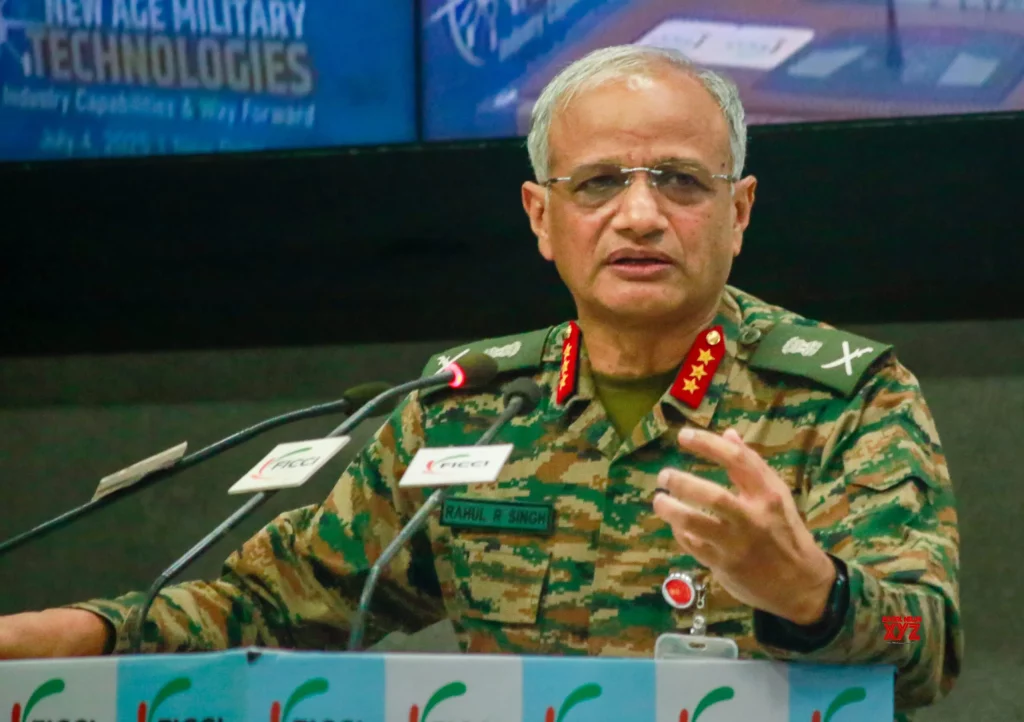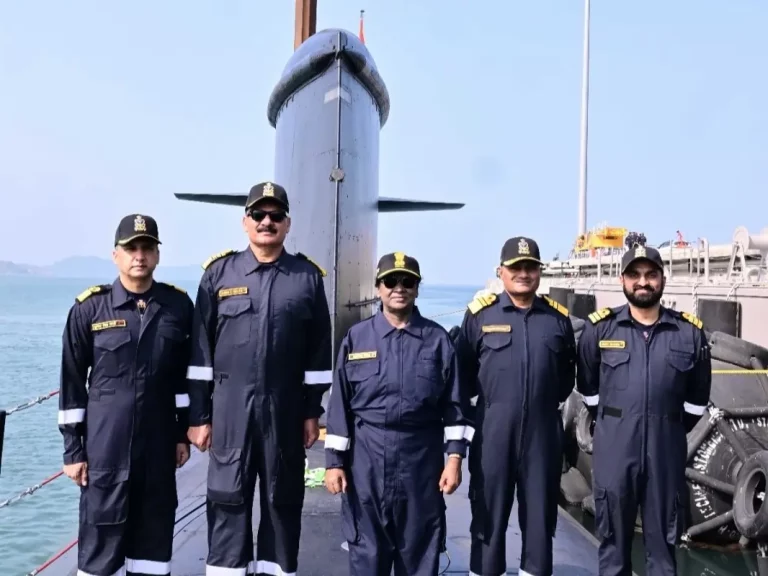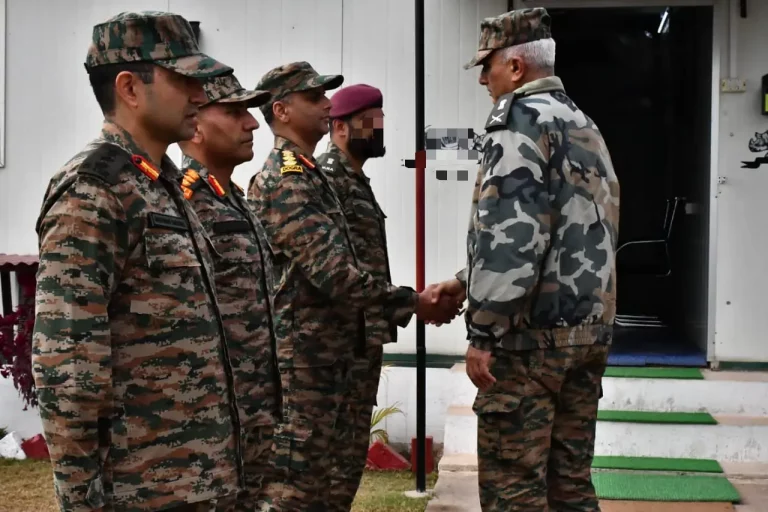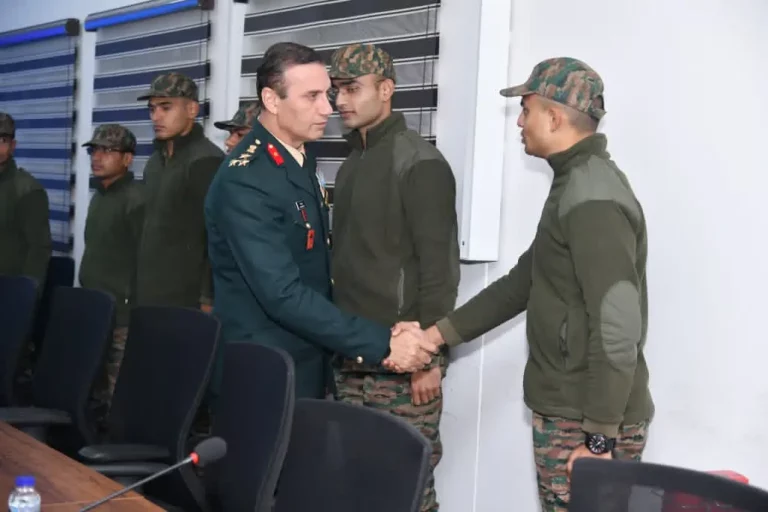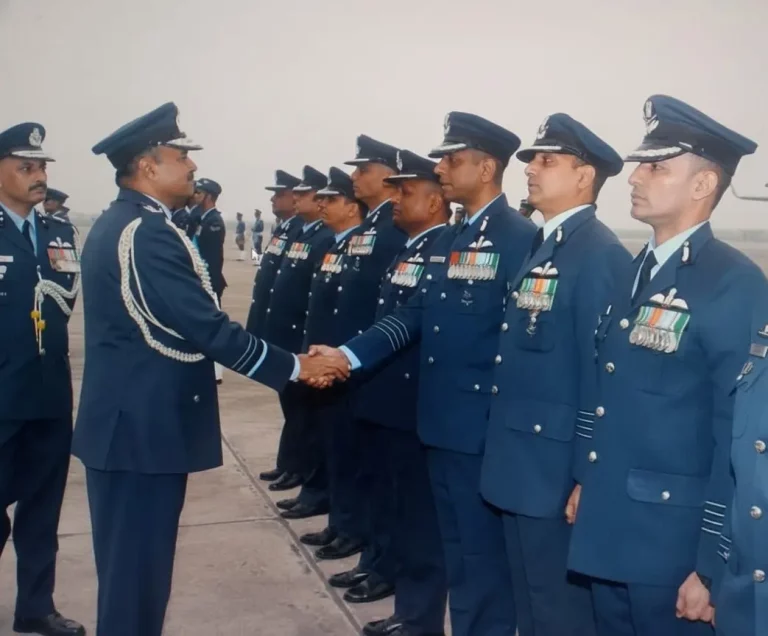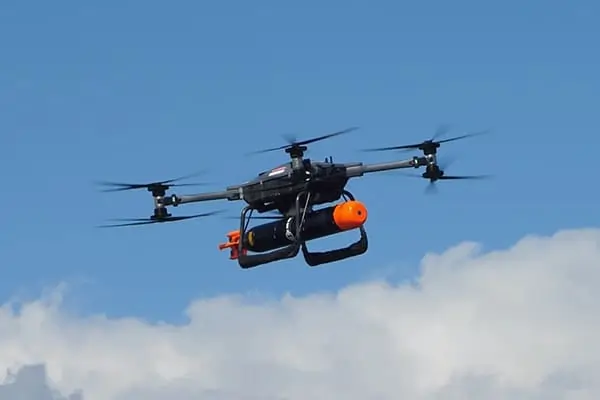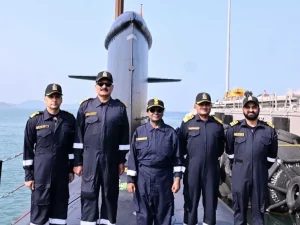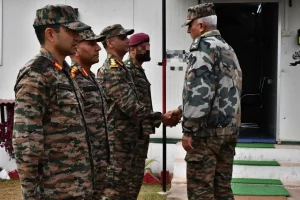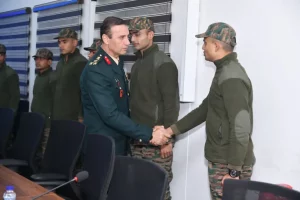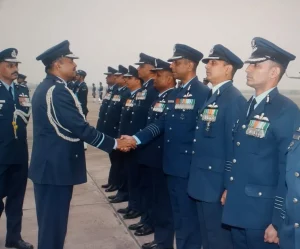In a comprehensive evaluation of the recent cross-border operations with Pakistan, the Indian Army has revealed that Operation Sindoor was not a unilateral military response but a complex engagement involving multiple adversaries. Lt Gen Rahul R Singh, the Deputy Chief of Army Staff (Capability Development and Sustenance), emphasized that India faced a multifaceted tri-front challenge, with covert support for Pakistan from both China and Turkey during the conflict.
The operation was a direct consequence of the April 22 terrorist attack in Pahalgam, Jammu and Kashmir, which claimed the lives of 26 Indian citizens. India conducted rapid retaliatory strikes targeting nine terrorist-linked locations across Pakistan and Pakistan-occupied Kashmir (PoK), resulting in the elimination of over 100 militants connected to groups such as Jaish-e-Mohammed, Lashkar-e-Taiba, and Hizbul Mujahideen.
During a recent event focused on new military technologies, Lt Gen Singh explained that a total of 21 targets were identified through a combination of human intelligence and advanced surveillance capabilities. “Out of these, nine were selected for precision engagement. This decision was made at the very last hour to ensure operational secrecy,” he noted. He reiterated the strong message from Indian leadership during Operation Sindoor: there would be zero tolerance for cross-border terrorism.
Highlighting the broader geopolitical context, Lt Gen Singh underscored that the operation confronted three main adversaries—Pakistan in the forefront, with China extending substantial support from behind. He pointed out that 81 percent of Pakistan’s military hardware is derived from China, allowing Beijing to utilize Pakistan as a live testing ground for its weaponry. According to the Stockholm International Peace Research Institute (SIPRI), since 2015, China has supplied Pakistan with $8.2 billion worth of arms, making it Beijing’s largest defense client.
Lt Gen Singh further illuminated Turkey’s involvement, indicating that Ankara had provided both tactical and strategic support to Islamabad during the conflict. Additionally, he revealed that during Director General of Military Operations (DGMO)-level communications between India and Pakistan, Pakistan was reportedly receiving live updates from China, highlighting the extent of Beijing’s real-time intelligence sharing capabilities.
The developments have stirred discussions within Indian military factions regarding the pressing need for a more comprehensive and integrated air defense system. “We must address our vulnerabilities and prepare for multidomain threats. This conflict has demonstrated that we are no longer contending with isolated state actors but rather with organized military partnerships,” he affirmed.
A 2025 report from the US Defence Intelligence Agency (DIA) aligns with these assessments, indicating that India now considers China its principal strategic adversary while positioning Pakistan as a secondary challenge. Although Operation Sindoor’s tactical duration was limited, it might signal a pivotal moment in India’s defense strategy in response to a complicated and interconnected threat landscape.
